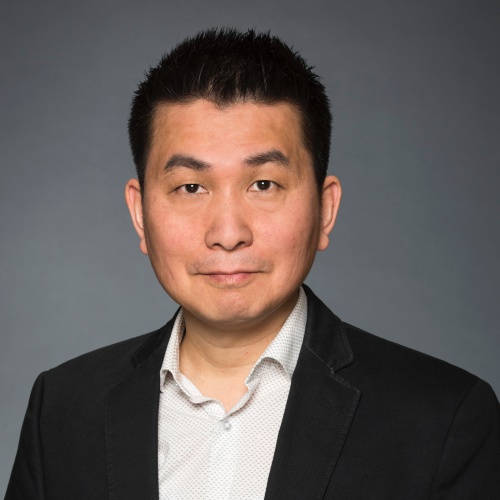Biographie
Vous êtes intéressé à vous joindre au Laboratoire du professeur Lee pour votre formation aux études supérieures ou postdoctorales ? N’hésitez surtout pas à envoyer votre CV à [email protected]
Aperçu de notre recherche
Mon laboratoire se concentre sur des questions importantes impliquant les cellules NK (« natural killer » en anglais) et ce sous deux thèmes principaux de recherche : (1) l'identification de nouvelles fonctions des cellules NK et en comprendre les mécanismes. Pour ce faire, nous utilisons des modèles d’infections virales et bactériennes ainsi que de cancers ; (2) l’application de ces nouvelles découvertes afin de développer des thérapies novatrices. Nos collaborations avec plusieurs cliniciens-chercheurs nous permettent d’identifier des fonctions pertinentes des cellules NK pour le traitement du cancer et des infections chroniques.
Quels sont les mécanismes qui contrôlent la genèse des cellules NK :
Le laboratoire du professeur Lee tente de comprendre les mécanismes contrôlant la maturation des cellules NK focalisant principalement sur les réseaux de facteurs de transcription et de signalisation des cytokines lors du développement des cellules NK.
Quel est le lien entre le métabolisme des cellules NK et leur potentiel immunitaire :
Le professeur Lee s’intéresse particulièrement à l’immuno-métabolisme des cellules NK. Cet intérêt origine de plusieurs évidences démontrant que la reprogrammation métabolique des cellules immunitaires, un processus nécessaire pour leurs proliférations, est contrôlée par 1) des réseaux de signalisation de récepteurs antigéniques spécifiques, 2) des facteurs de croissance tels que les cytokines et 3) l’accès aux nutriments. Plus particulièrement, nous étudions la signalisation des cytokines qui modulent le métabolisme des cellules NK et des lymphocytes CD8 pendant l’infection virale et l’inflammation.
Quels sont les rôles des cellules NK lors d’une infection virale :
Grâce à nos multiples collaborations avec des chercheurs-cliniciens, nous avons accès à des échantillons cliniques d’individus infectés par le VHC, le VIH, le CMV et la grippe. Nous étudions les fonctions des cellules NK lors d’infections virales chez l’humain en évaluant la production de cytokines et la cytotoxicité des cellules NK à partir d’échantillons cliniques.
Pouvons-nous améliorer les fonctions des cellules NK pour fins d’immunothérapies :
Notre recherche se concentre sur l'immunothérapie médiée par les cellules NK, en particulier sur le développement de thérapies à base de cellules CAR-NK. Nous utilisons également des activateurs thérapeutiques et des anticorps monoclonaux (mAbs), qui ciblent les antigènes spécifiques de la tumeur sur les cellules cancéreuses, comme traitement contre le cancer.
